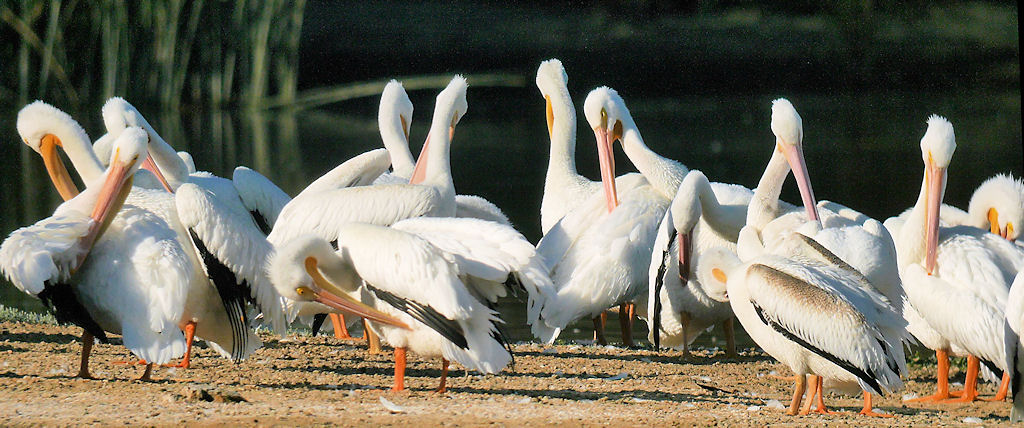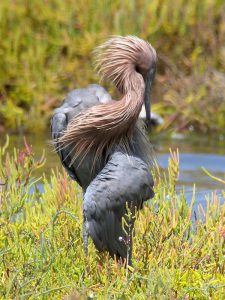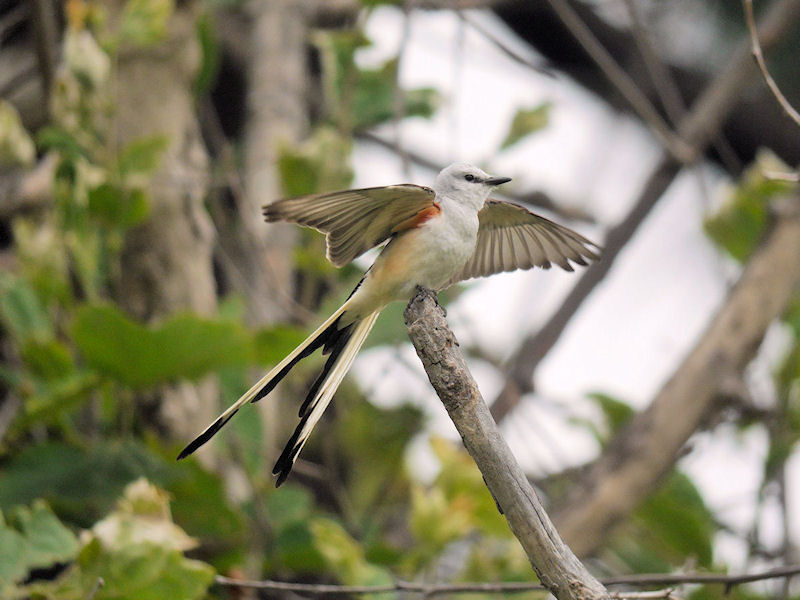The American White Pelican (Pelecanus erythrorhynchos) is one of two species of pelican in North America, along with the Brown Pelican (Pelecanus occidentalis). While occasionally seen in the same locations, American White Pelicans and Brown Pelicans prefer different habitats and their manner of feeding is as different as their plumage.
Continue reading
Tag Archives: kowa
Dance of the Reddish Egret
When people find out I’m a birder, one of the most frequent questions is “What’s your favorite bird?” Sometimes I’ll give a flippant answer such as “My next life bird.” Other times, I’ll say that I love all birds and can’t pick a favorite – that each is special in its own way. I do have an affinity for Magnificent Frigatebirds, because seeing an adult male flying fifteen feet over my head while standing on a dock on Key West was the experience that triggered my choice to actively pursue the hobby of birding. But there are in fact some birds that are definitely cooler than others, be they prettier, uglier, sweet singers, or just plain quirky. One of these is the Reddish Egret (Egretta rufecens).
Reddish Egrets, once rare in Southern California, have been moving gradually up the coast. They now inhabit estuaries from San Diego through Ventura. Recently, they are visiting Santa Barbara. At Bolsa Chica Ecological Reserve, they are breeding. Birders frequently report sightings of 2 or 3 individuals. Continue reading
Strange Things Revisited
We took a drive to Santa Paula in Ventura County to see this female Scissor-tailed Flycatcher (Tyrannus forticatus). It had taken up residence in a park in the center of town. I digiscoped her through a Kowa TSN-884 spotting scope with a TE-11WZ eyepiece using a Panasonic G6 camera.
Scissor-tailed Flycatcher Range
Scissor-tailed Flycatchers’ normal range is in the south central U.S. They are common in Texas, Oklahoma, Kansas, and the western portions of Missouri, Arkansas, and Louisiana. In Southern California, Scissor-tailed Flycatchers usually show up in winter and leave in spring. Having one in summer is quite rare.
Strange Occurrence
The reason this female is still around is quite obvious: she is tending a nest. What’s even more interesting is there is not a male Scissor-tailed Flycatcher around and a male Western Kingbird seems to be watching over the nest when mom is out feeding herself. It will be interesting to see whether she fledges some interesting hybrids. Recent reports from Santa Paula question whether there are truly eggs in the nest. Some observers report seeing her “adjusting eggs”, while others say she is spending most of her time eating for herself and not tending the nest. Eggs would have hatched by now and no young have been seen.



